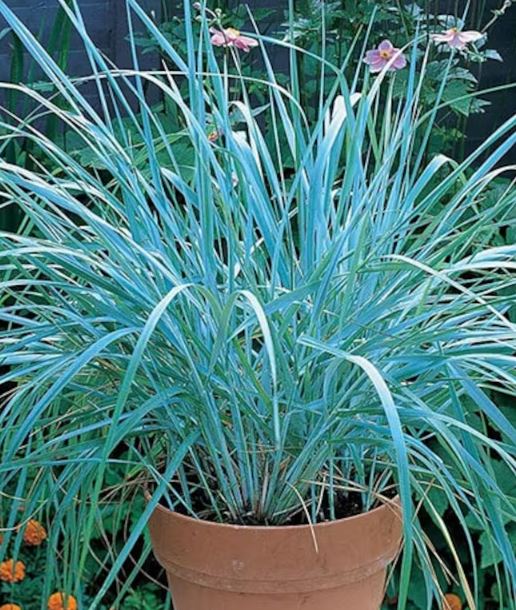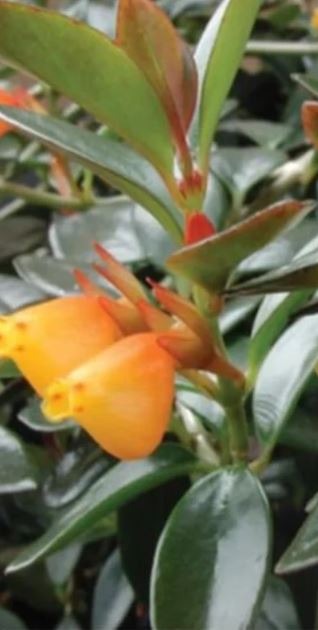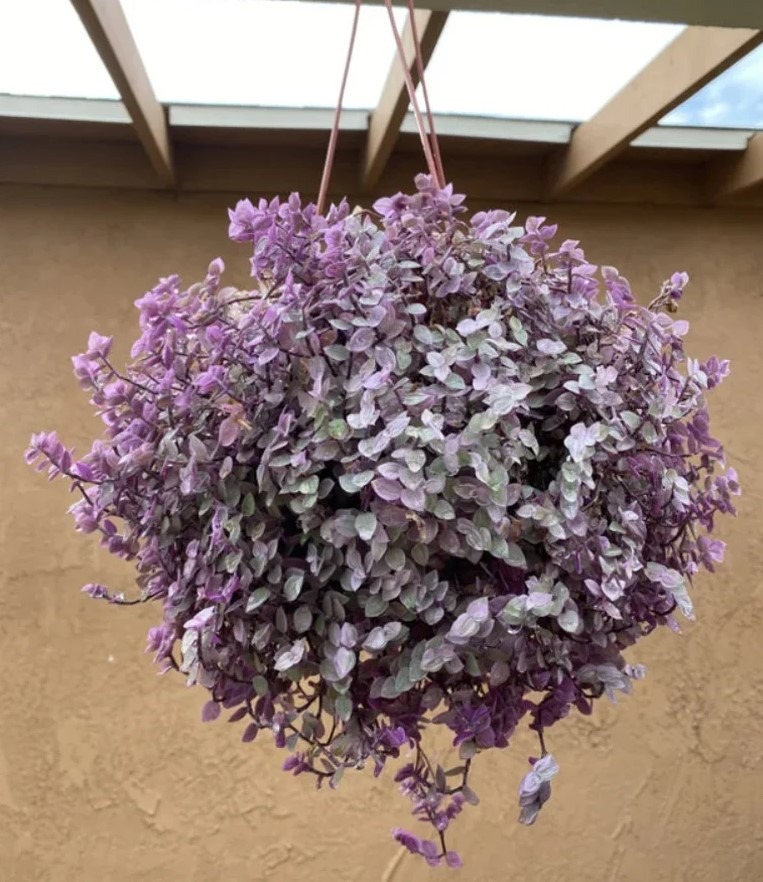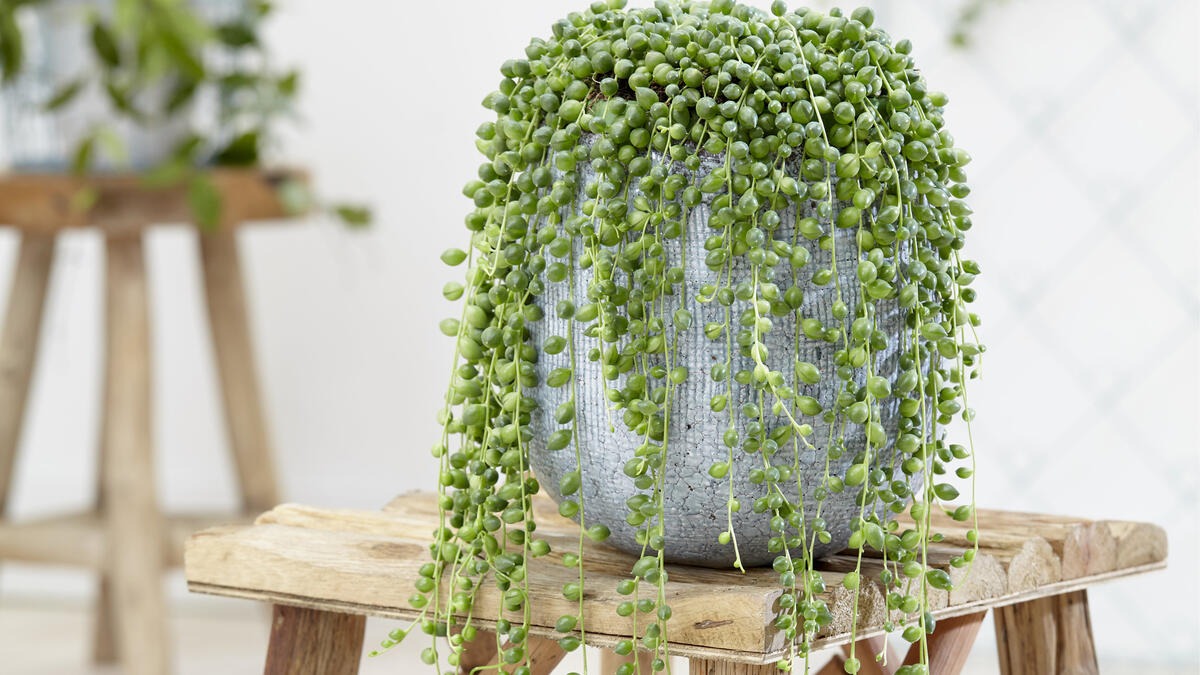Introducing the Blue Dune
Introduction:
BLUE DUNE Leymus Grass, scientifically known as Leymus arenarius ‘Glaucus’, is a stunning and versatile ornamental grass that has gained popularity among gardening enthusiasts. With its striking blue-gray foliage and graceful appearance, this grass is a fantastic addition to any landscape. In this blog post, we will explore the unique features, cultivation tips, and the various ways you can incorporate BLUE DUNE Leymus Grass into your outdoor space.
1. Appearance:
BLUE DUNE Leymus Grass is characterized by its attractive blue-gray foliage, which adds a touch of elegance to any garden. The foliage forms dense mounds that sway gracefully in the breeze, creating a mesmerizing visual effect. Its slender, arching leaves can grow up to 2 feet in height, making it an ideal choice for creating borders, hedges, or mass plantings.
2. Versatility:
One of the most appealing aspects of BLUE DUNE Leymus Grass is its versatility. This grass thrives in a variety of conditions, including coastal areas, sandy soils, and even drought-prone regions. Its adaptability makes it an excellent choice for gardens with challenging growing conditions. Whether you have a seaside retreat or a dry, arid landscape, BLUE DUNE Leymus Grass can add texture and interest to your outdoor space.
3. Low Maintenance:
If you’re looking for a low-maintenance plant that still offers visual impact, BLUE DUNE Leymus Grass fits the bill perfectly. Once established, this grass requires minimal care. It is drought-tolerant and doesn’t require frequent watering. It also has excellent resistance to pests and diseases. With its natural hardiness, BLUE DUNE Leymus Grass is a reliable choice for both experienced and novice gardeners.
4. Cultivation Tips:
To ensure the successful growth of BLUE DUNE Leymus Grass, follow these cultivation tips:
– Planting: Choose a sunny location with well-draining soil. Prepare the soil by removing any weeds or debris. Dig a hole slightly larger than the root ball and place the grass in the hole, ensuring the crown is level with the ground.
– Watering: While BLUE DUNE Leymus Grass is drought-tolerant, it requires regular watering during the establishment period. Once established, it can survive on natural rainfall, but occasional deep watering during prolonged dry spells is beneficial.
– Pruning: In late winter or early spring, cut back the foliage to a few inches above the ground to encourage new growth. This rejuvenation pruning will help maintain the plant’s vigor and overall appearance.
5. Landscape Uses:
BLUE DUNE Leymus Grass offers endless possibilities for incorporating it into your landscape. Here are a few ideas:
– Borders and Edges: Create stunning borders or edges by planting BLUE DUNE Leymus Grass in a row along garden paths or around flower beds. Its cascading foliage will add a soft, elegant touch.
– Mass Plantings: For a bold statement, plant BLUE DUNE Leymus Grass in large drifts or clusters. This creates a visually striking effect and adds movement to your garden.
– Container Gardening: BLUE DUNE Leymus Grass thrives in containers, making it an excellent choice for balcony gardens or small outdoor spaces. Pair it with colorful annuals or other ornamental grasses for a dynamic display.





